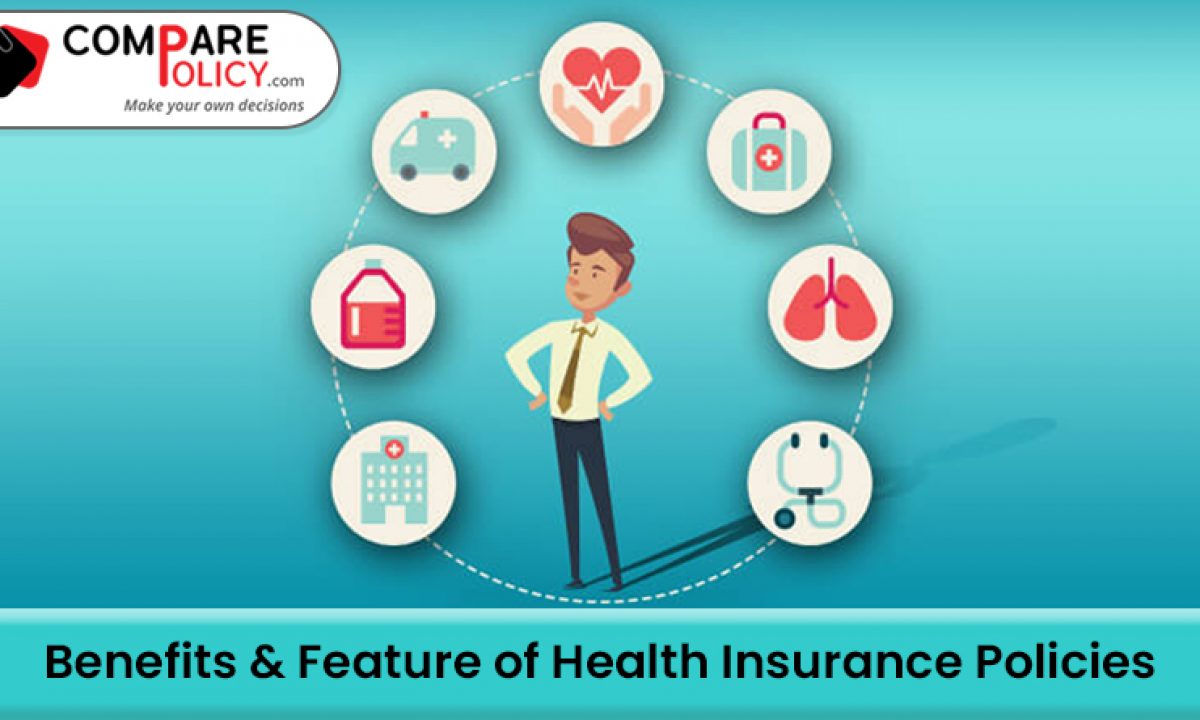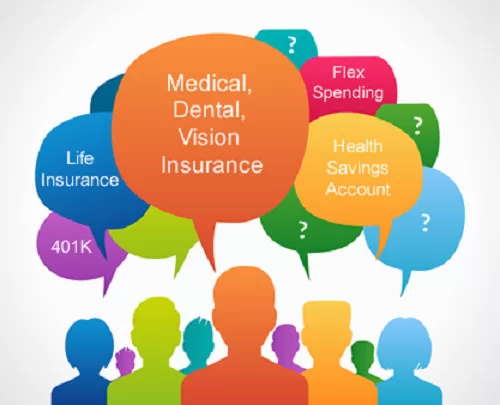Fascination About Medicare Advantage Agent
The 9-Minute Rule for Medicare Advantage Agent
Table of ContentsSome Known Questions About Medicare Advantage Agent.What Does Medicare Advantage Agent Mean?Facts About Medicare Advantage Agent Uncovered

follows from puzzling the reasonably young age profile of the without insurance with the much better health and wellness, on standard, of more youthful persons. This obscures the link between health status and medical insurance. For those without access to workplace health insurance, inadequate wellness is a prospective barrier to purchasing nongroup coverage because such insurance coverage might be extremely valued, omit pre-existing problems, or be just unavailable. The number of uninsured Americans is not especially huge and has actually not changed in recent times. Seven out of ten participants in a country wide representative study assumed that fewer Americans did not have health and wellness insurance coverage than really do(Fronstin, 1998). Approximately half(47 percent )believed that the variety of individuals without medical insurance reduced or remained consistent over the last fifty percent of the last decade(Blendon et al., 1999). This decrease of almost 2 million in the variety of individuals 'without insurance coverage (a reduction
of about 4 percent)is certainly a positive modification. With a softer economy in 2000 the most recent reported gains in insurance coverage may not proceed(Fronstin, 2001 ). The decline in the variety of uninsured will certainly not continue if the economic situation remains sluggish and healthcare prices proceed to outpace inflation. This is because the data were collected for a duration of solid economic performance. Of the estimated 42 million people who were uninsured, just about regarding 420,000(regarding 1 percent)were under 65 years of age, the age at which most Americans come to be eligible for Medicare; 32 million were grownups in between ages 18 and 65, about 19 percent of all grownups in this age group; and 10 million were children under 18 years old, about 13.9 percent of all kids (Mills, 2000). These price quotes of the variety of individuals uninsured are generated from the yearly March Supplement to the Present Populace Study (CPS), carried out by the Census Bureau. Unless or else noted, nationwide quotes of individuals without wellness insurance and proportions of the population with various sort of coverage are based upon the CPS, one of the most commonly used resource of price quotes of insurance policy protection and uninsurance rates. These surveys and the estimates they yield are defined briefly in Table B. 1 in Appendix B - Medicare Advantage Agent. These surveys vary in dimension and sampling approaches, the inquiries that are inquired about insurance policy
3 Simple Techniques For Medicare Advantage Agent
protection, and the time period over which insurance policy coverage or uninsurance is gauged(Lewis et al., 1998, Fronstin, 2000a ). Still, the CPS is specifically helpful since it generates annual estimates relatively quickly, reporting the previous year's insurance coverage estimates each September, and due to the fact that it is the basis for a consistent collection of estimates for more than twenty years, permitting analysis of fads in protection gradually.

Indicators on Medicare Advantage Agent You Should Know
Over a three-year duration starting early in 1993, 72 million individuals, 29 percent of the U.S. populace, lacked protection for at least one month. Within a solitary year(1994), 53 million people experienced a minimum of a month without coverage(Bennefield, 1998a). Six out of every ten uninsured grownups are themselves used. Although working does improve the possibility that a person and one's member of the family will have insurance, it is not an assurance. Also members of households with two full-time breadwinner have almost a one-in-ten chance of being without insurance (9.1 percent uninsured rate)(Hoffman and Pohl, 2000 ). The relationship in between medical insurance and accessibility to care is well developed, as recorded later on in this chapter. The partnership in between health insurance and health end this results is neither direct neither easy, a considerable clinical and wellness services study literary works web links health insurance policy coverage
to improved enhanced accessibility care, better qualityTop quality and improved enhanced and population health health and wellness. The second report, on personal health end results for without insurance grownups, is stood for by the inner circle of the number, while the 3rd report, on household well-being, includes the topics of the second report but highlights a different unit of analysis, specifically, the family. The 6th record in the series will provide information concerning techniques and efforts carried out locally, statewide, or country wide to deal with the absence of insurance and its damaging effects. Levels of analysis for analyzing the impacts of uninsurance. This conversation of wellness insurance coverage focuses largely on the united state population under age 65 due to the fact that virtually all Americans 65 and older have Medicare or other public coverage.
It focuses specifically on those without any kind of health insurance for any kind of size of time. The troubles dealt with by the underinsured remain in some respects comparable to those dealt with by the uninsured, although they are typically much less serious. Uninsurance and underinsurance, however, involve distinctly different plan issues, and the methods for addressing them might vary. Throughout this research and the five reports to adhere to, the major emphasis gets on individuals with no health and wellness insurance coverage and therefore no aid in spending for health care past what is available via charity and security web institutions. Medical insurance is a powerful factor influencing receipt of treatment since both patients and doctors react to the out-of-pocket price of solutions. Health and wellness insurance coverage, nonetheless, is Read More Here neither essential nor enough to access to medical services. The independent and straight effect of health and wellness
insurance insurance policy protection access to health services solutions well established. Others will acquire the health and wellness care they require also without health insurance policy, by spending for it out of pocket or seeking it from companies that use treatment complimentary or at very subsidized prices. For still others, medical insurance alone does not ensure receipt of treatment due to various other nonfinancial obstacles, such as a lack of healthcare carriers in their neighborhood, minimal accessibility to transportation, illiteracy, or etymological and social distinctions. Official study about without insurance populations in the USA dates to the late 1920s and early 1930s when the Committee on the Cost of Healthcare produced a collection of records about financing doctor workplace brows through and hospital stays. This issue came to be prominent as the numbers of medically indigent climbed up throughout the Great Depression. Empirical studies continually support the web link in between accessibility to care and boosted wellness results(Bindman et al., 1995; Starfield, 1995 ). Having a routine source of care can be considered a predictor of accessibility, rather than a straight step of it, when health outcomes are themselves made use of as accessibility indications. This expansion of the notion of access measurement was made by the IOM Board on Keeping Track Of Accessibility to Personal Health And Wellness Treatment Solutions(Millman, 1993, p. Whether or not parents are insured shows up to impact whether their kids obtain care in addition to how much careeven if the kids themselves have coverage(Hanson, 1998). The health and wellness of moms and dads can influence their capability to care for their children and the level of family members tension. Bothering with their children's access to care is itself a resource of anxiety for parents. Three chapters adhere to in this report. Chapter 2 provides a review of just how employment-based health and wellness insurance policy, public programs and specific insurance coverage run and communicate to offer extensive but insufficient protection of the U.S. population. This includes a review of historic trends and public laws impacting both public and private insurance policy, a conversation of the interactions amongst the different kinds of insurance policy, and an evaluation of why individuals relocate from one program to one more or wind up
